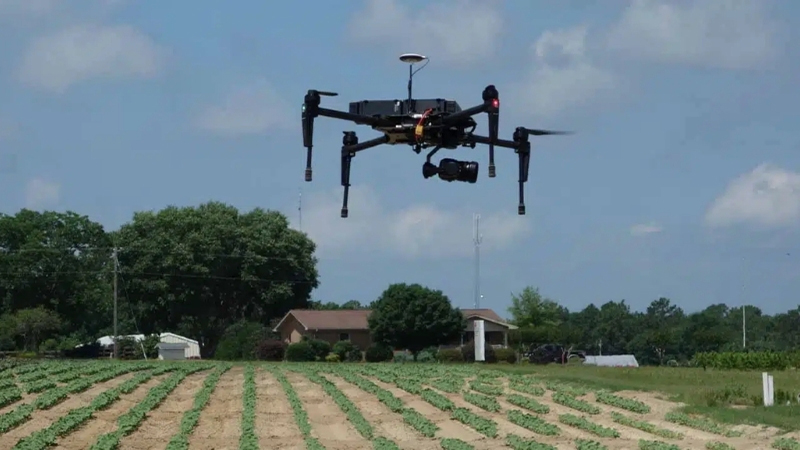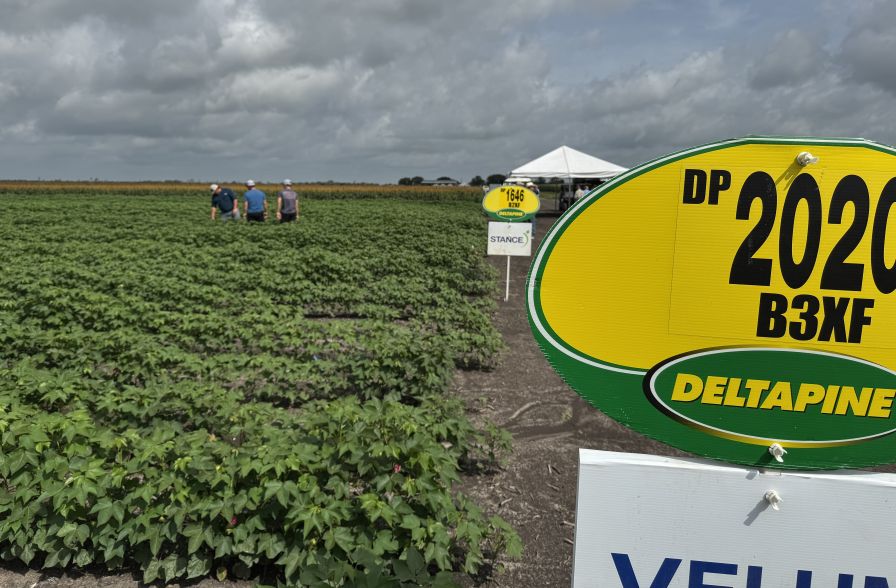An Appeal for the Future of Cotton
There is little doubt that instrument testing is the future of cotton quality value assessment–unless, of course, you still believe the world is flat. So why are we still in the Middle Ages as far as cotton classing is concerned, with millions of bales being traded worldwide based on an inaccurate, human, visual evaluation? The United States and the U.S. Dept. of Agriculture have shown it is possible, and the entire country’s production is traded on the basis of instrument testing. What’s holding the rest of the world back?
The answer surely lies in the lack of an international standard for instruments outside of the United States. Experience has shown that variations exist from one country to another, from one laboratory to another, from one model of instrument to another. These variations seem to stem not from the instruments themselves, but the various procedures adopted in different laboratories.
When classing with an instrument, the only way to check that the results are in conformity with the norm is to compare one instrument with another using an identical sample. This challenge was recognized during the International Cotton Advisory Committee (ICAC) conference in 2003, when delegates requested that the Secretariat set up an expert panel with the goal of exploring potential strategies and solutions for this problem.
Enormous strides toward that goal have been made. We can thank the USDA Classing Office and the Bremen Fiber Institute, together with the active members of the Task Force, for much of that progress.
The concept is that each participating laboratory receives identical samples from the USDA quarterly and carries out exhaustive testing procedures, correlates the results and completes an online data program, which is then sent to both USDA and Bremen. The results are analyzed and each laboratory is advised privately regarding how they performed against the average of all the laboratories. This allows participants to investigate any variations in addition to receiving a possible explanation for any given difference from Bremen.
Get in the game!
We are hampered by a lack of participation by many recognized laboratories and the textile industry. Laboratories surely want their instruments to give accurate results, and the textile industry relies on instrument test results for their blends and lay downs, so why do they not participate? The cost is practically symbolic, and the return is enormous.
By participating, textile makers can check the accuracy of their instruments against those of their suppliers. And, since the results are compared to the average of all participants except for outliers, they can help to establish an international standard to guarantee their suppliers’ data is accurate and in line with their own.
To date, the overall average has been almost spot-on with the evaluation made by USDA, showing the accuracy of taking an average of over 130 instruments.
So I encourage all of our cotton producers, traders and textile friends to contact ICAC at CSITCsecretariat@icac.org. They can supply the forms you will need to complete to take part in making a valuable contribution to the future of cotton and the future of the cotton spinning industry.









